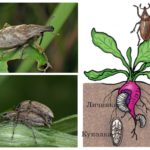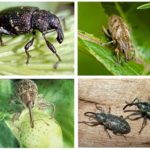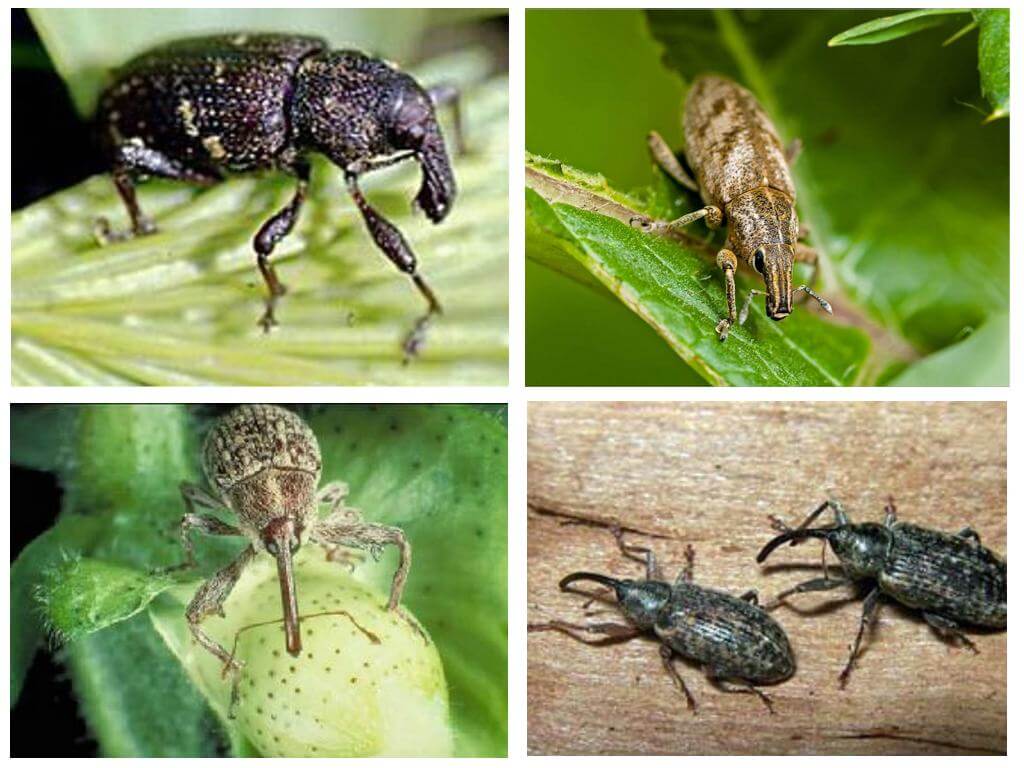Beet weevil
Content
- Beet weevil
- Beet weevil
- Beet weevil
In spring, the beds and vegetable gardens are flooded with various insects, among which is the beet weevil. The name fully reflects the food preferences of the insect. Beetles infect leaves, tops, and root system of beets. The owners of personal plots rarely wonder what order the pest belongs to.The most pressing issues are how to recognize a beetroot weevil and how to deal with it.
What does the beet field pest look like?
Common beet weevil - beetle from a large family weevils. In some regions it is called burakoedom. Widely distributed throughout Europe and Central Asia. The size of the imago reaches 1.5 cm. A distinctive feature is the elongated thick rostrum. Elytra and sides densely covered with scales. The color of the color is variable and depends on where the weevil lives. The vast majority of insects are gray with dark, almost black strokes.
The beet weevil hibernates in the soil at a depth of 20-25 cm at the places of beet planting, in regions with more severe conditions it can burrow to a depth of 45 cm. With the onset of heat, when the ambient temperature reaches 8-10 ° C, the beetles come to the surface.
Interesting!
In 5–10% of the population, the wintering stage of development goes into diapause. Insects do not leave the lower layers of the soil and remain in them until next year.
After wintering, the beetles are very mobile.Thanks to the developed paws, the gray beet weevil is able to overcome up to 300 m per day. With favorable weather conditions, weevils begin years. They fly only on a hot day when the temperature of the soil exceeds 30 ° C. According to the observations of biologists, the peak of flight activity occurs at lunchtime. Beetles do not rise above 4 m above the surface, they overcome up to 500 m in a single take-off and several kilometers a day. The biology of the body structure and natural data help the beet weevils to migrate to beet fields and settle them in a short time.
The diet of beetles after wintering consists mainly of weeds. After the emergence of beet shoots insects begin to feed on young leaves. To determine that the culprit of the lesion is a beet weevil, it is possible by specific notches on the edges of the leaves.
Interesting!
One adult beetle eats up to 15 g of green leaf mass, which is 100 times its own weight.
Pest breeding
The peak of flight activity coincides with the start of mating. In late May, early June, the female begins to lay eggs on the soil.One female beet weevil lays from 20 to 200 embryos. The intensity of egg-laying is predetermined by weather conditions and habitats.
Interesting!
Females lay the largest number of eggs on moderately warm days, preceded by slight precipitation. The egg-laying period ends in July. After the female has fulfilled her destiny, she dies off.
Yellow oval embryos 1.2 mm in length. In the soil are located no deeper than one centimeter. After 10-12 days, white legless larvae hatch from embryos. The newborn has a small size - 1.5 mm. As it matures, it increases to 13 mm.
What a larva feeds depends on its age. The caterpillars are very mobile and quickly penetrate the soil. Juveniles begin to eat the lateral processes of the roots at a depth of 15 cm. More mature larvae go deeper by 30-40 cm and are able to completely gnaw through the central root. A group of several dozen larvae can be concentrated on a single plant. Beet weevil in the photo and its larvae are presented below.
The larval stage lasts from 40 to 90 days, after which the larva buries itself in the ground for pupation. After 12-28 days, a young beetle appears from the pupa.Most of the newly-made individuals remain to live in the soil and come to the surface as early as next spring.
What damage do insects do?
The beet weevil damages all types of beet, including fodder, table and sugar beet. The damage is noticeable even during the sprouting of crops, when the starving beetles after the winter begin to nibble on the leaf mass, gnaw through the stems. The larvae damage the root system, which leads to the drying of the testes and the death of plants. The combination of actions of beetles and offspring leads to a decrease in the yield of beets.
Beet weevils also infect flowering plants from the portulac family, amaranth, young shoots of oaks and maples.
How to deal with weevils
The struggle with beet weevils on the plot begins even before the emergence of shoots. Primary control measures are reduced to the destruction of weeds, in order to deprive the beetles intermediate food base. To prevent the emergence and development of the population, it is necessary to conduct comprehensive activities:
- Seed treatment before sowing.
- Timely irrigation and loosening of the soil. Excess moisture is harmful for weevil eggs.
- Manual collection of beetles with a small number.
- With severe contamination allowed chemical treatment of the soil.
- During the laying of eggs fertilize the soil with ammonia water.
- Thorough cleaning of all plant residues and deep plowing.
The organization of traps for beetles stands out from folk methods. To do this, grooves 25-30 cm deep and 20-25 cm wide are dug out in the soil around the beds with beets. Mini-wells 30 cm deep are cultivated at the bottom of the grooves with an interval of several meters. The drill should be inspected regularly and manually collect any beet weevils.











